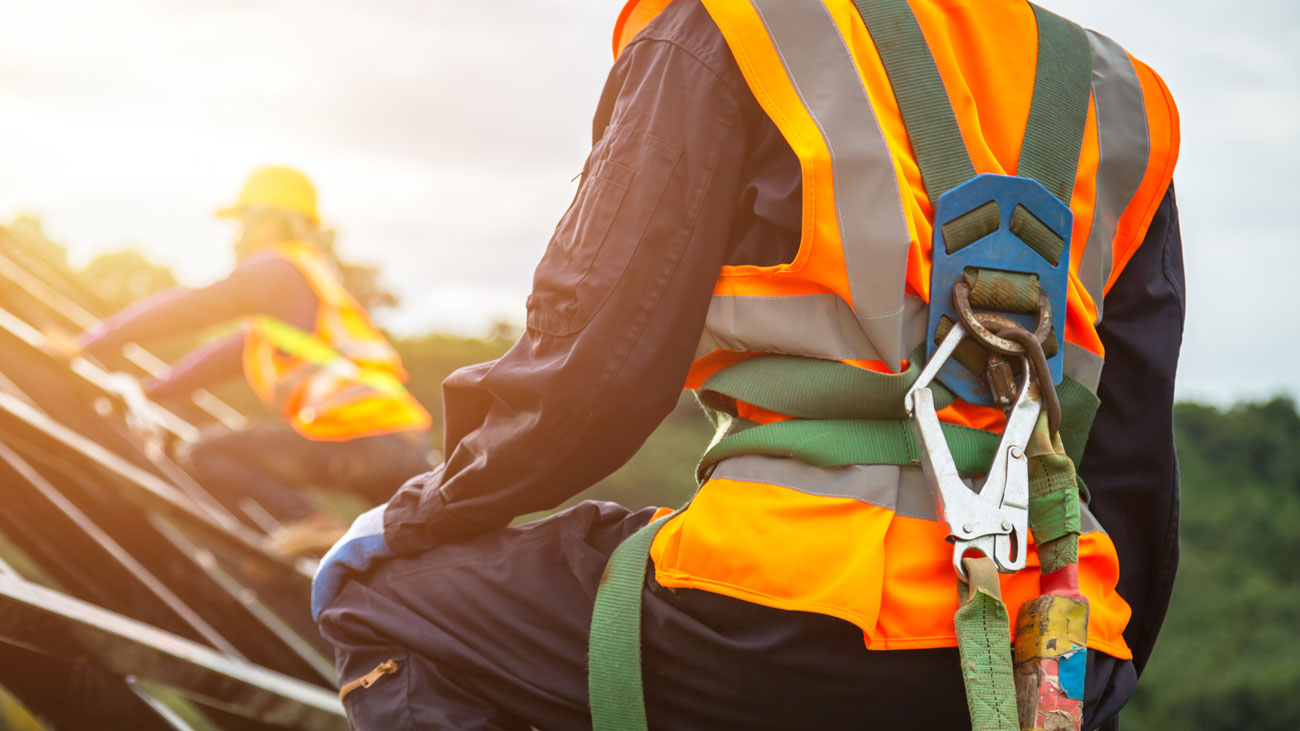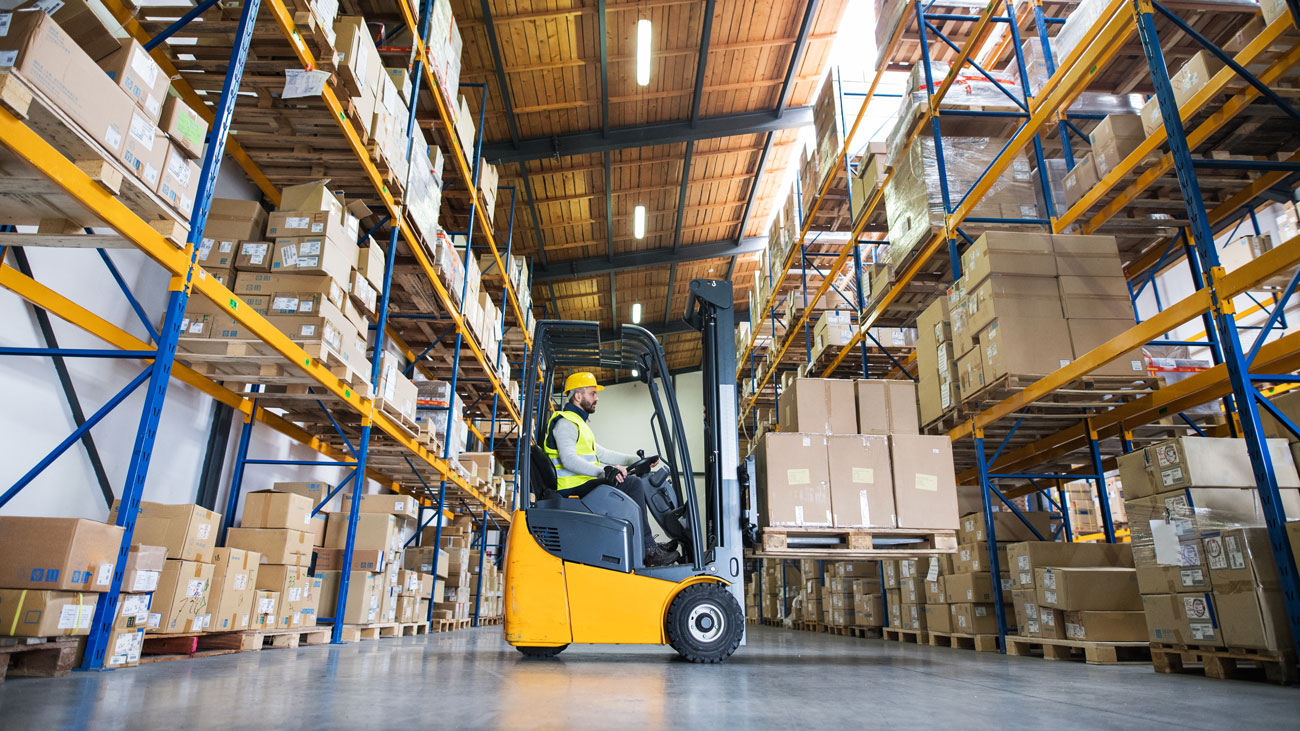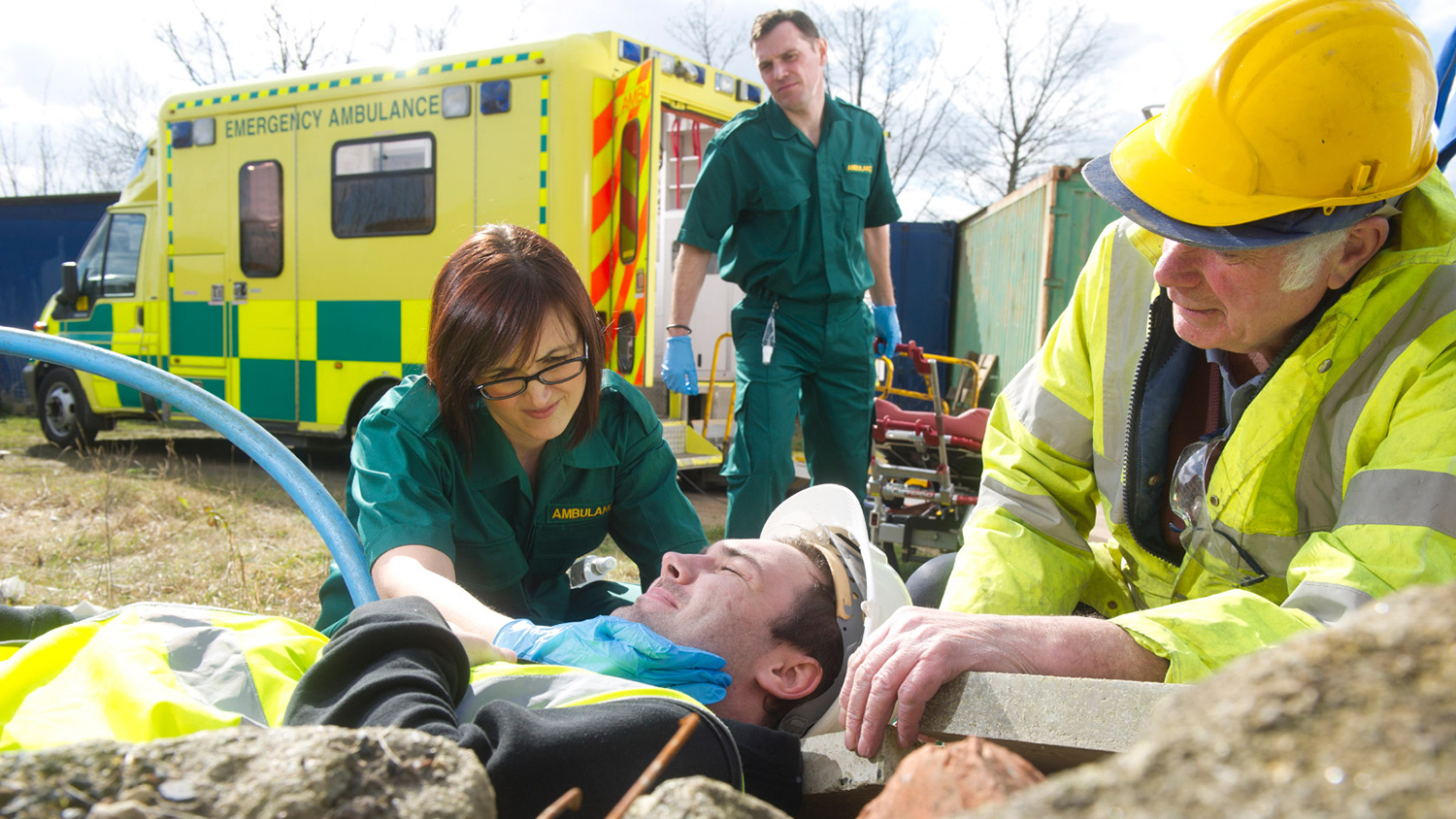
Ladder safety: urgent government action required?
The latest research commissioned by the Ladder Association has raised serious concerns that unsafe and potentially dangerous ladders continue to be sold via online platforms to unsuspecting consumers in the UK.
The market surveillance study, part of the Ladder Association’s ongoing ‘Step Up to Safe Ladders’ campaign, found that 70% of the commercially-available, multipurpose ladders they tested failed to meet the minimum safety requirements designed to keep users safe. Those products that failed include the top three products listed on each of the world’s best-known online retailers, Amazon and eBay. Worryingly, all samples tested that were purchased online from Amazon and eBay as part of this study, failed the safety tests, were non-compliant and were unsafe to use.
Worse still, the research found that all of the failed ladders were advertised as ‘compliant’ with the product standard (EN 131-4), either on the product listing, product packaging or product labelling, in a deliberate attempt to mislead consumers. Further evidence was found that identical substandard products are being sold with different product names, seller names and branding, giving a false impression of greater product variety for consumers.
Peter Bennett OBE, Executive Director of the Ladder Association, commented:
“Making sure consumers are safe is our number one priority and we are committed to raising awareness of potentially harmful ladders. Working at height can be risky enough, without the additional danger of shoddy ladders – every 11 minutes in the UK, someone attends A&E after sustaining an injury involving a ladder. A fall from height can cause life-changing injury, and in some cases, can even be fatal. The Ladder Association is again calling for urgent action from the UK Government to make regulatory changes to hold online platforms accountable for ensuring the products they sell are compliant and safe to use. We’re also urging people to take extra care when buying ladders online – do your research; read the reviews and when you get it, check the ladder itself, along with all instruction manuals and labels. And if you think the ladder is unsafe or dangerous don’t use it!”
Product standard EN 131-4
BS EN 131 (the UK’s version of EN 131), the single British and European product standard covering all types of portable ladders (step, extending and combination) has been significantly revised. The changes improve the safety of ladders and make buying the right ladder much simpler.
A result of many years of work and research, the standard is made up of several parts covering the requirements for dimensions, tests, marking, user instructions and different types of ladder. To comply with the standard and to be marked ‘EN 131’, a ladder must comply with all the relevant requirements in all the relevant parts. For instance, EN131 Part 6 deals specifically with telescopic ladders, but they must also comply with other parts of the standard for dimensions, testing, labels and user instructions. The latest standard means ladders are wider, stronger, sturdier and safer than ladders designed to previous and now withdrawn standards.
The EN131 standard has two classes – Professional and Non-Professional.
Professional ladders must be used in the workplace. They are specifically designed to be more durable than Non-Professional ladders, so they may be more expensive and a bit heavier.
Non-Professional ladders are intended and designed for use only by domestic users in their homes. They are not intended or suitable for use in the workplace.
Ladders can often be a sensible and practical option for low-risk and short duration tasks and there are some situations where a ladder may be the only practical possibility. The EN 131 standard will help to ensure that, whilst a ladder should not automatically be your first choice, it remains a viable solution for work at height where alternative forms of access cannot be used.
Safety checks and maintenance
As well as purchasing the right ladder of the required standard, employers have a responsibility to ensure the safety of their employees when working with ladders. To do so, they should carry out various checks and inspections to make sure that the ladders are safe for use. Here are some of the checks employers should conduct on ladders:
- Inspection before each use: employees should inspect ladders before each use to ensure they are in good condition. This includes checking for any visible damage, loose or missing parts, and signs of wear and tear.
- Regular maintenance: ladders should be maintained on a regular basis. This may include cleaning, lubricating moving parts, and making necessary repairs.
- Storage: ladders should be stored in a dry and secure location when not in use to prevent damage and ensure they remain in good condition.
- Correct ladder selection: employers should ensure that the right type and size of ladder are chosen for the task at hand. Using the wrong type of ladder can be dangerous.
- Load capacity: ladders have weight limits, and employers should make sure that employees are aware of these limits. Overloading a ladder can lead to accidents.
- Proper setup: employers should ensure that ladders are set up correctly. This includes making sure the ladder is on a stable surface, at the right angle, and that any locking mechanisms are engaged.
- Training and supervision: employers should provide training to employees on ladder safety, proper use, and the risks associated with ladder work. Supervision may also be necessary, especially for less experienced workers.
- Inspection records: employers should keep records of ladder inspections, maintenance, and any repairs made. These records can be useful in demonstrating compliance with safety regulations.
- Replacement of damaged ladders: if a ladder is found to be damaged or unsafe, it should be taken out of service and replaced or repaired promptly.
- Compliance with regulations: employers should ensure that their ladder usage and safety procedures comply with relevant regulations.
Problems to look out for
The HSE advises that, before using a ladder, you should have access to user instructions from the manufacturer in case you need to refer to them.
You should always carry out a ‘pre-use’ check to spot any obvious visual defects to make sure the ladder is safe to use.
A pre-use check should be carried out:
- By the person using the ladder;
- At the beginning of the working day; and/or
- After something has changed, e.g. a ladder has been dropped or moved from a dirty area to a clean area (check the state or condition of the feet).
The check should include:
- The stiles – make sure they are not bent or damaged, as the ladder could buckle or collapse.
- The feet – if they are missing, worn or damaged the ladder could slip. Also check the ladder feet when moving from soft/dirty ground (e.g. dug soil, loose sand/stone, a dirty workshop) to a smooth, solid surface (e.g. paving slabs), to make sure the actual feet and not the dirt (e.g. soil, chippings or embedded stones) are making contact with the ground.
- The rungs – if they are bent, worn, missing or loose, the ladder could fail.
- Any locking mechanism – does the mechanism work properly? Are components or fixings bent, worn or damaged? If so, the ladder could collapse. Ensure any locking bars are fully engaged.
- The stepladder platform – if it is split or buckled, the ladder could become unstable or collapse.
- The steps or treads on stepladders – if they are contaminated, they could be slippery; if the fixings are loose on the steps, they could collapse.
If any of the above defects are spotted, the ladder should not be used and the person in charge told.
Further information







